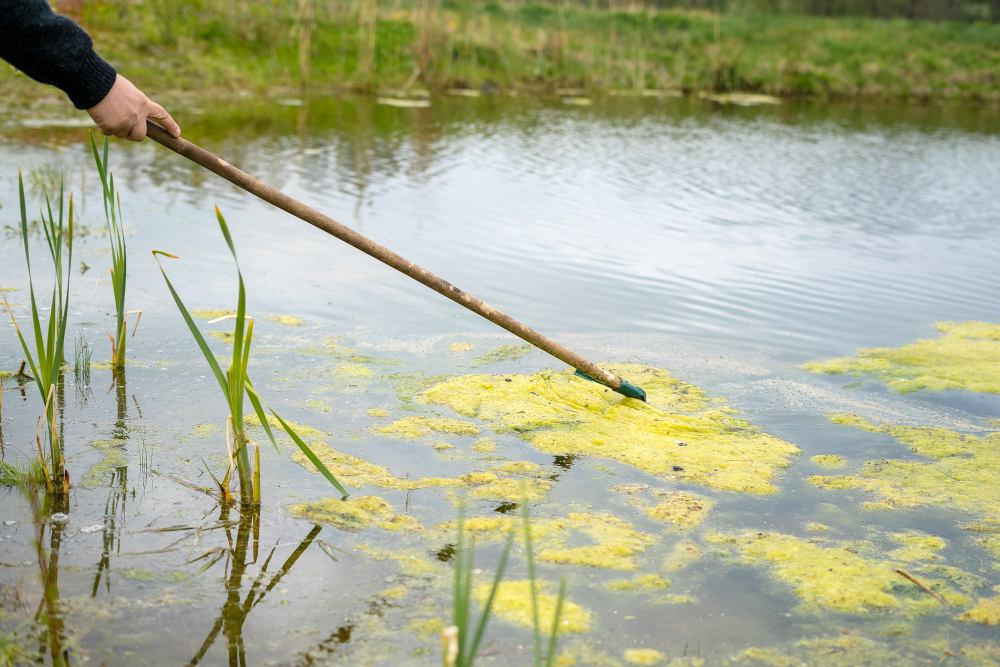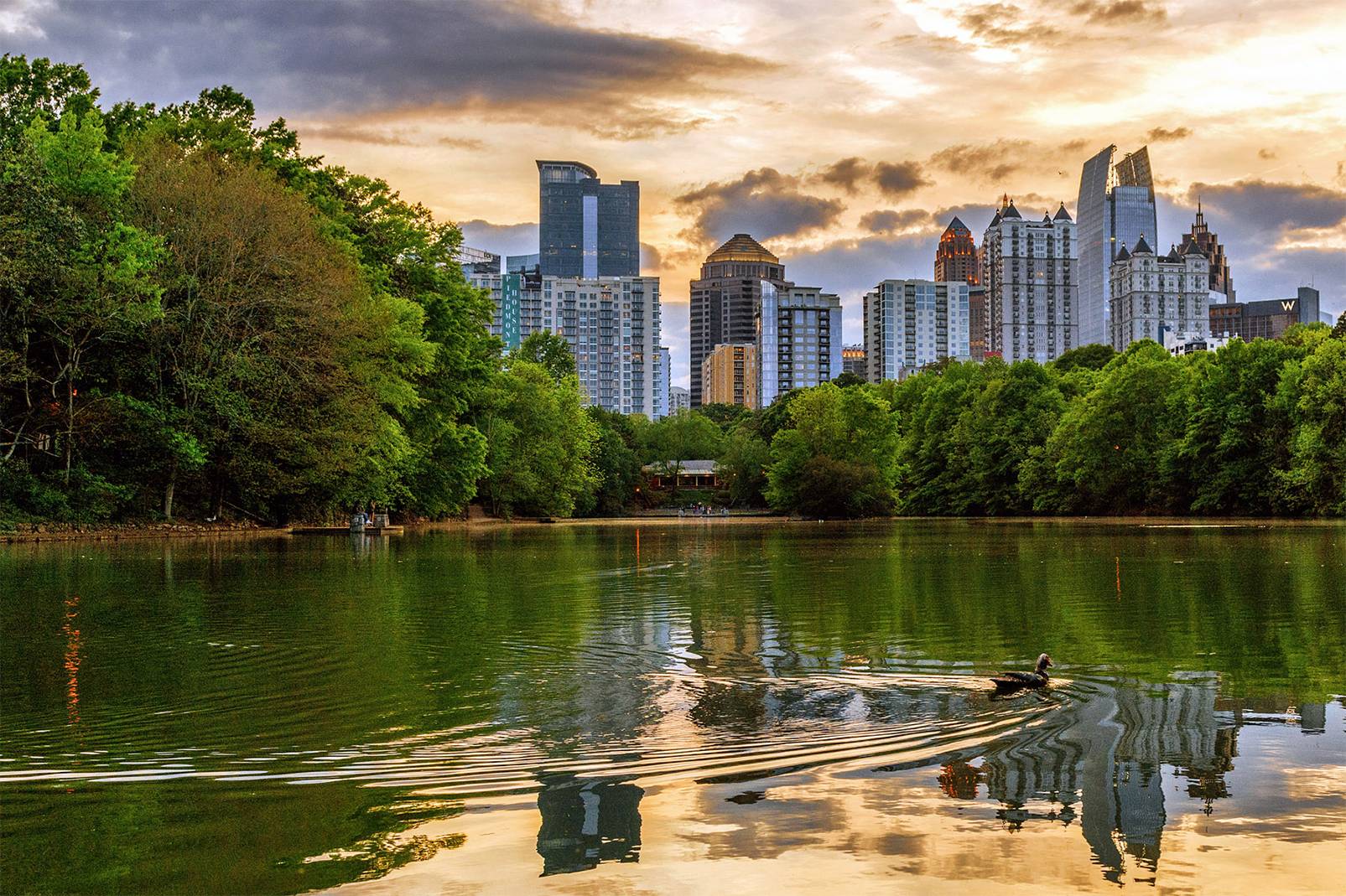
As vital components of a landscape, ponds require diligent care and maintenance. Protecting ponds encompasses a multifaceted approach involving things from erosion control to aquatic habitat preservation. In this brief article brought to you by Aquatic Restoration, we explore essential ways for protecting detention and retention ponds.
If you’d rather leave the pond maintenance to trained and experienced professionals, then call Aquatic Restoration. We are proud to bring over 35 years of industry experience and a commitment to serving for more years to come.
Planting native grasses, shrubs, and trees along the shoreline creates a natural barrier that stabilizes soil, absorbs excess nutrients, and provides habitat for wildlife. These buffer zones also act as a visual screen, shielding the pond from adjacent development and preserving its aesthetic appeal.
Establishing vegetative buffer zones around the perimeter of the pond helps minimize erosion, filter pollutants, and enhance habitat diversity. Regular maintenance, including mowing and pruning, is essential to ensure the effectiveness of vegetative buffers.
Erosion along the pond's banks poses a significant threat to water quality and structural integrity. Implementing bank stabilization measures such as riprap, vegetated slopes, or erosion control blankets helps prevent soil erosion, protect shoreline vegetation, and maintain the stability of the pond's embankments.

Proper grading and slope management are crucial during pond construction to minimize erosion potential and promote long-term stability. Regularly inspecting and maintaining bank stabilization structures are essential to address erosion hotspots and prevent potential breaches or failures.
Sediment accumulation is a natural process that occurs in detention and retention ponds over time. Sediment diminishes the storage capacity and impairs water quality. Implementing sedimentation management strategies such as periodic dredging, sediment traps, or vegetated swales helps mitigate the impacts of sedimentation and maintain the functionality of the pond.
Maintaining good water quality is essential for the health of detention and retention ponds and the surrounding ecosystem. Regularly monitor water quality parameters such as dissolved oxygen, pH, nutrient levels, and pollutant concentrations to identify potential issues and guide management interventions.
Implementing water quality treatment measures such as aeration, nutrient management, and algal control helps control nutrient loading, prevent eutrophication, and maintain a healthy balance of aquatic flora and fauna. Integrated pest management practices should be employed to address invasive species and prevent their proliferation in the pond.
Detention and retention ponds provide valuable habitat for a diverse array of wildlife, including birds, fish, amphibians, and aquatic insects. Enhancing wildlife habitat within and around the pond promotes biodiversity and ecological resilience while enhancing the aesthetic value of the landscape.
Incorporating features such as floating islands, submerged vegetation, and habitat structures provides opportunities for wildlife species. Minimizing disturbance and preserving natural vegetation within the pond's buffer zone help support healthy wildlife populations and maintain ecological balance.
If you’d like to leave your detention and retention pond maintenance to experienced professionals, then consider Aquatic Restoration. We are an established business with decades of industry experience and heritage, and our team is on standby to take your call today.
Recreational lakes are valuable community and private assets, offering opportunities for boating, fishing, swimming, and relaxation. Over time, however,…
Stormwater ponds form a part of modern stormwater management systems. As the name suggests, they collect and manage runoff from…
Sediment buildup is one of the biggest threats to lakes and ponds. It not only impacts water quality but also…
If you own a pond or lake, you know that proactive maintenance is an integral part of keeping the…
If you’ve ever walked outside and noticed your lake suddenly turn a murky shade of green, you’re not alone. Many…